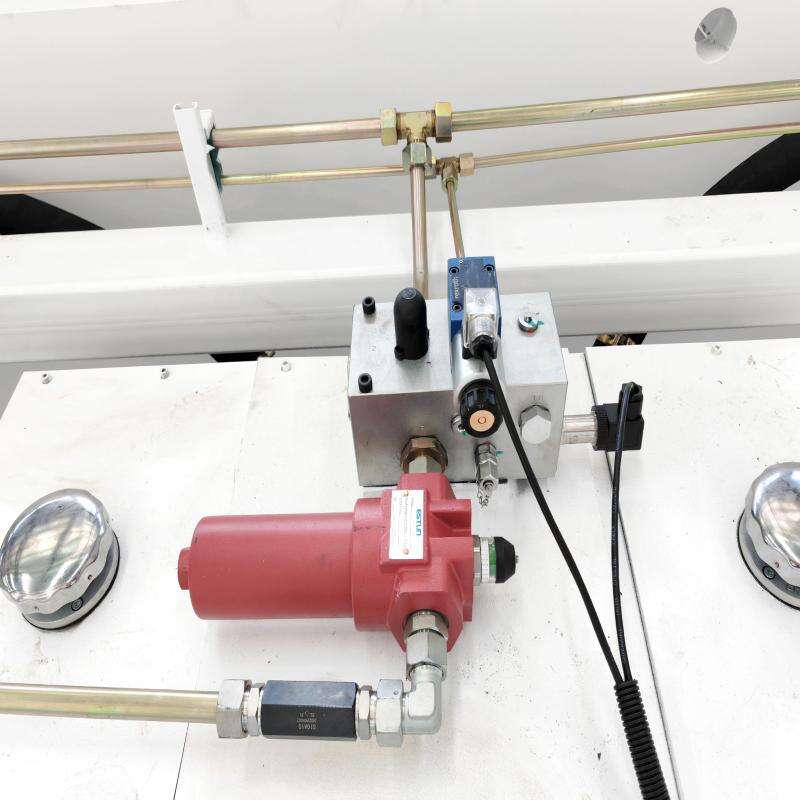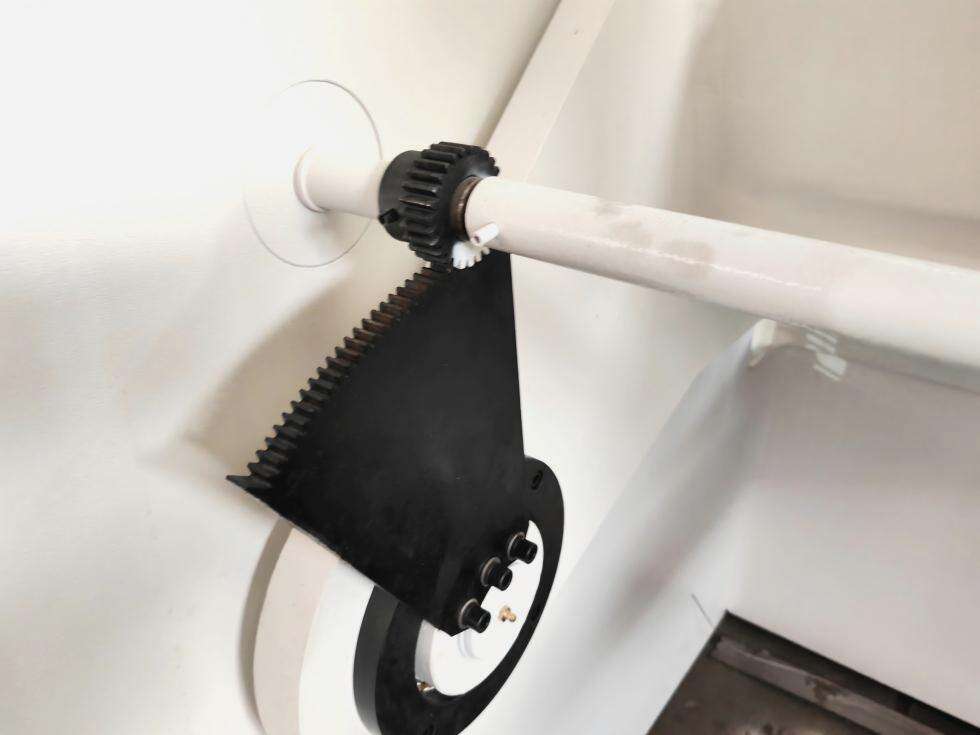cnc plasma cutter cost
CNC plasma cutter cost represents a significant consideration for businesses and individuals looking to invest in metal cutting technology. The cost typically ranges from $5,000 for entry-level machines to over $100,000 for industrial-grade systems. These machines utilize advanced computer numerical control technology to direct a plasma torch, which generates high-temperature plasma to precisely cut through conductive materials. The total cost encompasses not just the machine itself, but also essential components like the power source, torch consumables, computer control system, and necessary safety equipment. Operating costs include electricity consumption, compressed air or gas requirements, and regular maintenance expenses. The investment varies based on cutting capacity, with factors such as maximum material thickness, cutting speed, and table size directly influencing the price. Additionally, automation features, software capabilities, and precision levels affect the overall cost structure. Modern CNC plasma cutters offer various technological features including automatic height control, multi-axis cutting capability, and integrated CAD/CAM software, which can impact the final price point. Understanding these cost components is crucial for making an informed purchasing decision that aligns with specific production needs and budget constraints.


